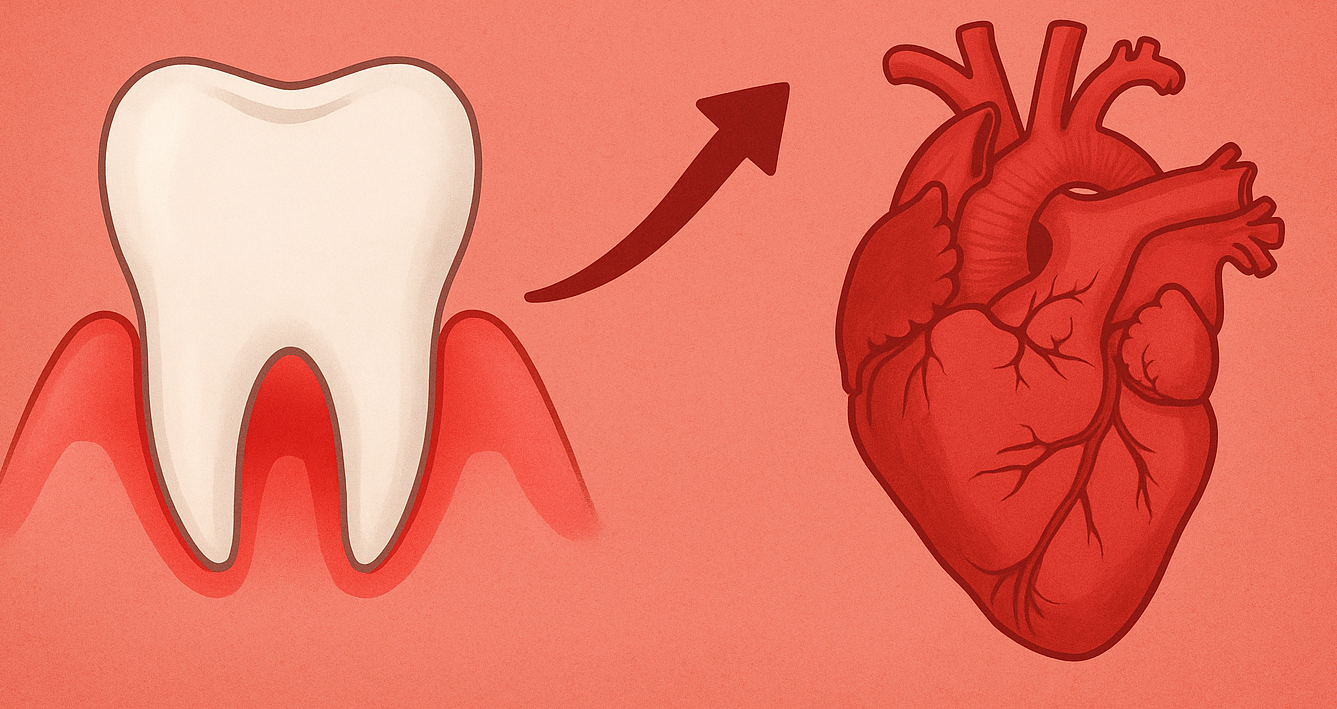Clear aligners are nearly invisible, unlike traditional braces that give a metallic appearance.
Straightening your teeth can significantly improve your smile and oral health, but choosing the right orthodontic treatment is crucial. Invisalign and traditional braces are two popular options, each with unique benefits and drawbacks. Here’s a closer look to help you decide.
Key Points
- Invisalign in clear, removable and alternate to dental brace to some extent.
- It is comfortable and a good option for mild to moderate case.
- Still brace is the best option to handle complex cases due to well 3 dimensional control on tooth.
Appearance and Discretion
One of the most significant differences is visibility. Traditional braces consist of metal brackets and wires attached to your teeth, making them noticeable. They come in clear or ceramic options for reduced visibility, but they’re still more apparent than Invisalign.
Invisalign uses clear, custom-made aligners that are virtually invisible. This makes them an excellent choice for adults or teens who prefer a more discreet option.
Comfort and Convenience
Traditional braces can sometimes cause discomfort due to their metal brackets and wires, which may irritate the inside of your mouth. Regular adjustments can also lead to soreness.
Invisalign aligners are smooth and comfortable, with no sharp edges. They are removable, allowing you to eat, brush, and floss without restrictions, unlike braces, which require dietary adjustments to avoid damaging the hardware.
Treatment Effectiveness
Traditional braces are highly effective for correcting complex orthodontic issues like severe crowding, bite problems, or rotated teeth. They are permanently affixed, ensuring continuous progress throughout the treatment.
Invisalign is excellent for mild to moderate alignment issues, such as gaps or crooked teeth. While advancements have made Invisalign suitable for more complex cases, traditional braces may still be the better choice for severe corrections.
Duration of Treatment
Both options typically take 12-24 months, but the exact timeframe depends on your specific needs. Invisalign requires you to wear aligners for 20-22 hours a day for optimal results. Compliance is critical, as removing them frequently can delay progress.

Maintenance and Cleaning
Braces require careful cleaning to prevent plaque buildup around the brackets and wires. Special tools, like interdental brushes or floss threaders, may be needed. Invisalign aligners are easy to clean; you simply rinse or brush them before reinserting. Maintaining excellent oral hygiene is more straightforward with Invisalign.
Conclusion
Invisalign is ideal for those seeking a discreet and flexible option, while traditional braces remain the gold standard for tackling complex orthodontic challenges. A consultation with your dentist or orthodontist can help determine the best solution for your smile goals and lifestyle.







Comments
adamgordon
Thanks for sharing this information is useful for us.